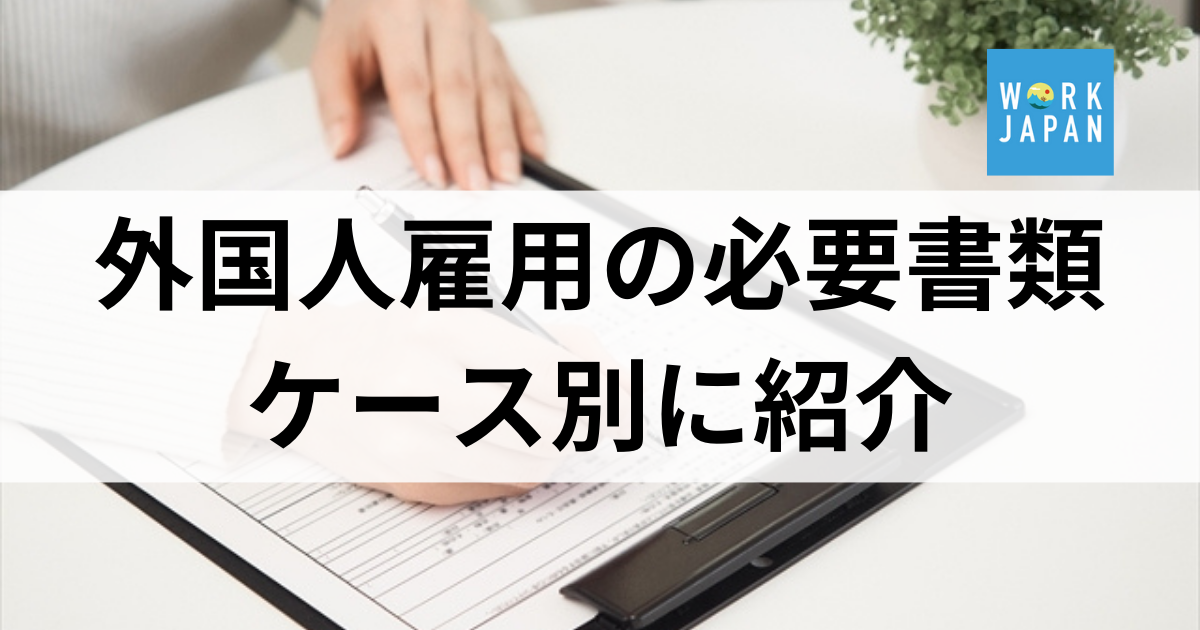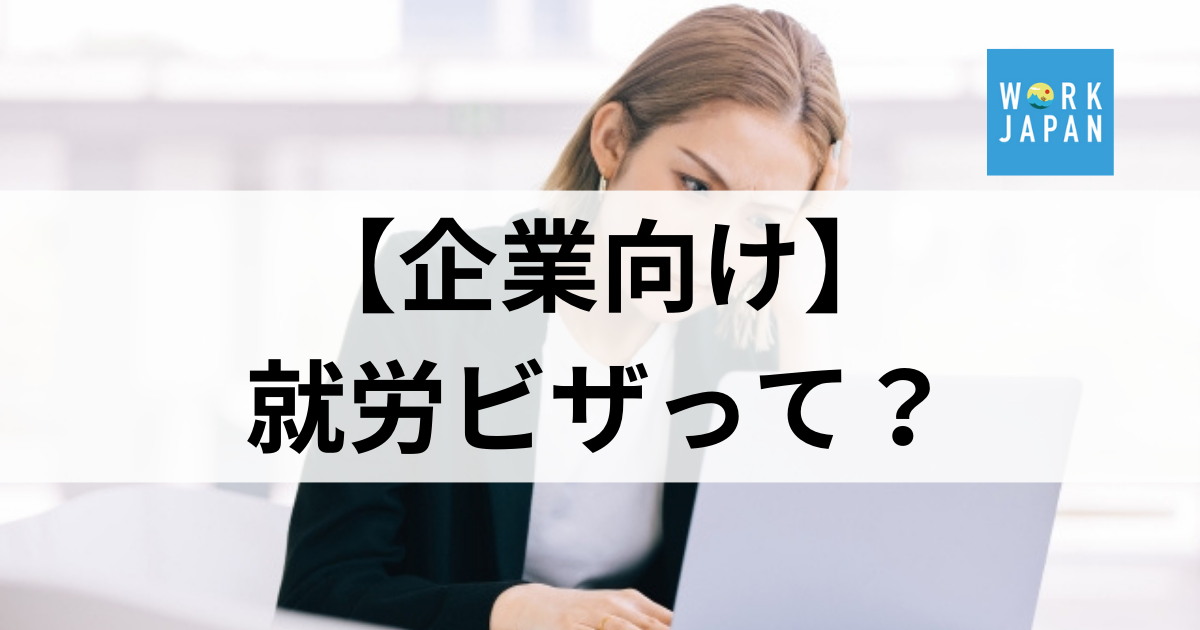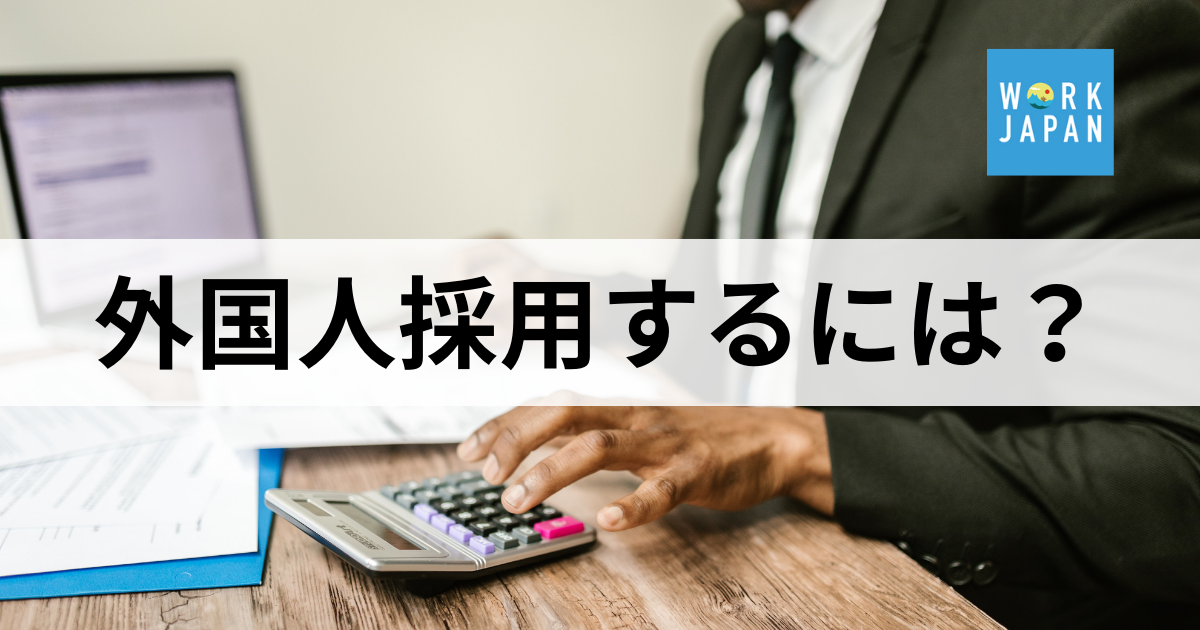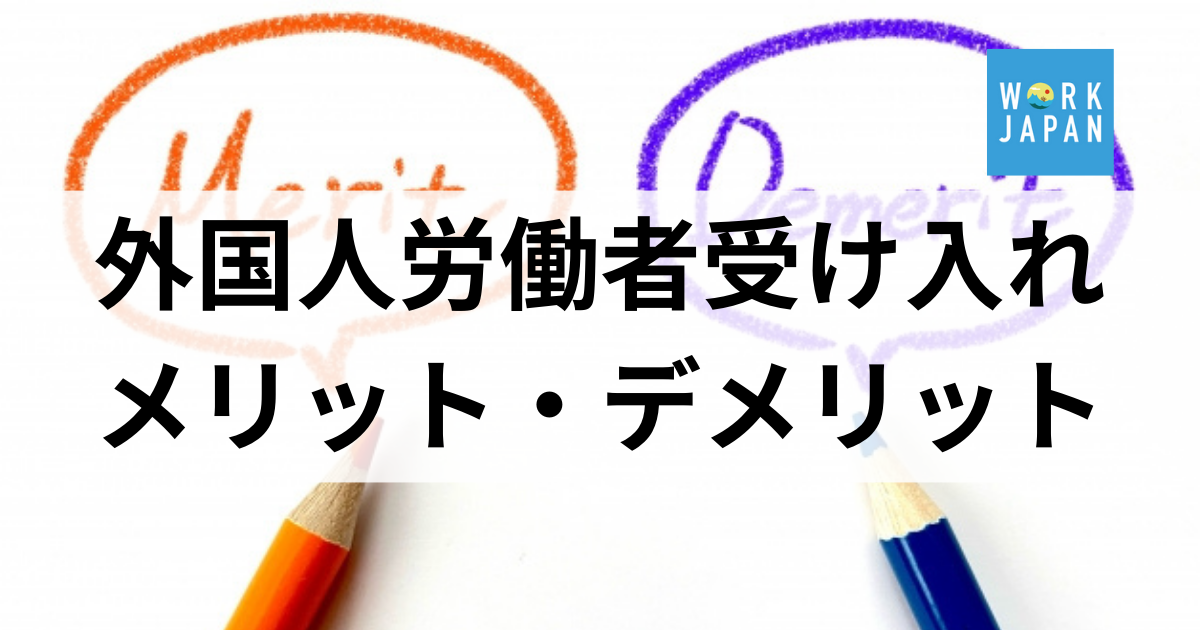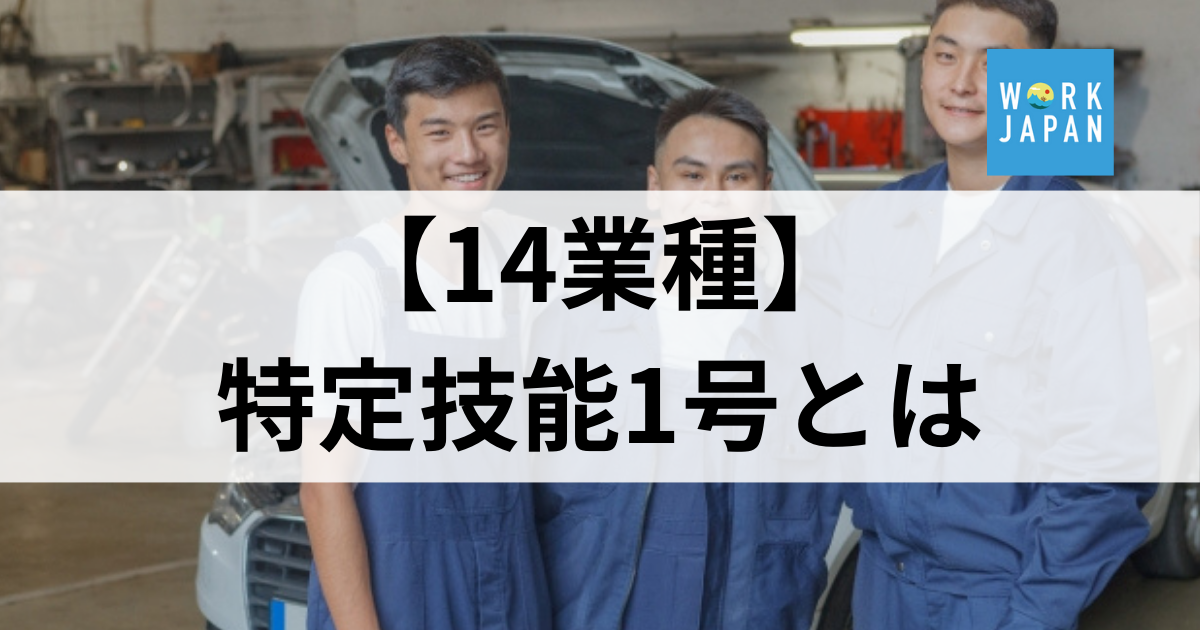インドの新聞社『THE HINDU』より取材を受けました。
2018年12月10日

先日の、外国人入管法の改定を閣議決定を受け、
代表松崎みさがインドの新聞社『THE HINDU』より取材を受けました。
Opening up the borders to immigrants

Caught in the demographic pincers of a declining birth rate and an ageing population, notoriously immigrant-shy Japan is being forced to open its doors to foreign workers. Its current position on immigration is, at best, tepidly welcoming to highly skilled workers, while sceptical of allowing in job-seekers from lower down the skill chain. Many hoped that more women and more robots would be sufficient to compensate for the lack of more immigrants as a solution to the country’s labour crunch.
Earlier this month, however, the Japanese Cabinet approved legislation to potentially allow hundreds of thousands of blue-collar workers legal entry to the country for the first time. The plan is to create two new visa categories. One is designed for unskilled workers, who will only be allowed to stay for up to five years, with no possibility of extension. The second is for more skilled migrants, who will not only be allowed to renew their visas indefinitely, but also to bring their families along.
According to the legislation, which is still pending parliamentary approval, workers will only be allowed in for jobs in 14 sectors that face the most severe labour shortages. These include agriculture, nursing, construction and hospitality.
No limit or quota on the number of job-seekers from abroad has been announced. However, Japanese newspapers are quoting government sources as saying that about 40,000 foreign workers are expected in the first year of the scheme’s implementation, and up to 2,50,000 over five years.
To put these numbers in perspective, there were 6,82,450 foreign workers in Japan in 2012. By 2017, the number had almost doubled to 12,78,670.
However, more than half of this increase came from loopholes in the visa system, notably students working part-time and so-called “technical interns”, who are theoretically in Japan for training but often take on low-skilled, factory work.
Although polls show that a slim majority of people supports the legislation, it remains controversial, with critics both within and outside Prime Minister Shizo Abe’s Liberal Democratic Party opposing it. To allay these fears, Mr. Abe has repeatedly claimed that the new law would not amount to an “immigration policy”. For many in Japan, the idea of letting in immigrants conjures up dystopian images of increasing crime, social friction and overburdened public services.
Wrongheaded prejudice
Misa Matsuzaki, founder and chief executive officer of Work Japan, an online marketplace that matches foreign job-seekers in blue-collar industries to employers in Japan, says that such prejudice is wrongheaded. However, it is crucial for Japan not only to allow immigrants in, but also to plan for their stay and integration.
She points to the experience of Germany with its guest workers — immigrants in the 1950s and 1960s that the government assumed would temporarily help alleviate labour shortages before returning to their home countries. In the event, most stayed and integration has proved difficult for many.
Ms. Matsuzaki says the Japanese authorities should not pretend that nothing will change with the entry of tens, possibly hundreds of thousands, of foreign workers. There needs to be a strategy in place for the education of children, the provision of social welfare and the prevention of discrimination against the newcomers, she concludes. The proposed legislation will come into effect in April next year if it is passed during the ongoing session of Parliament, which ends on December 10.
Faced with a labour crunch, the Japanese Cabinet approved legislation to potentially allow hundreds of thousands of blue-collar workers’ legal entry to the country for the first time




